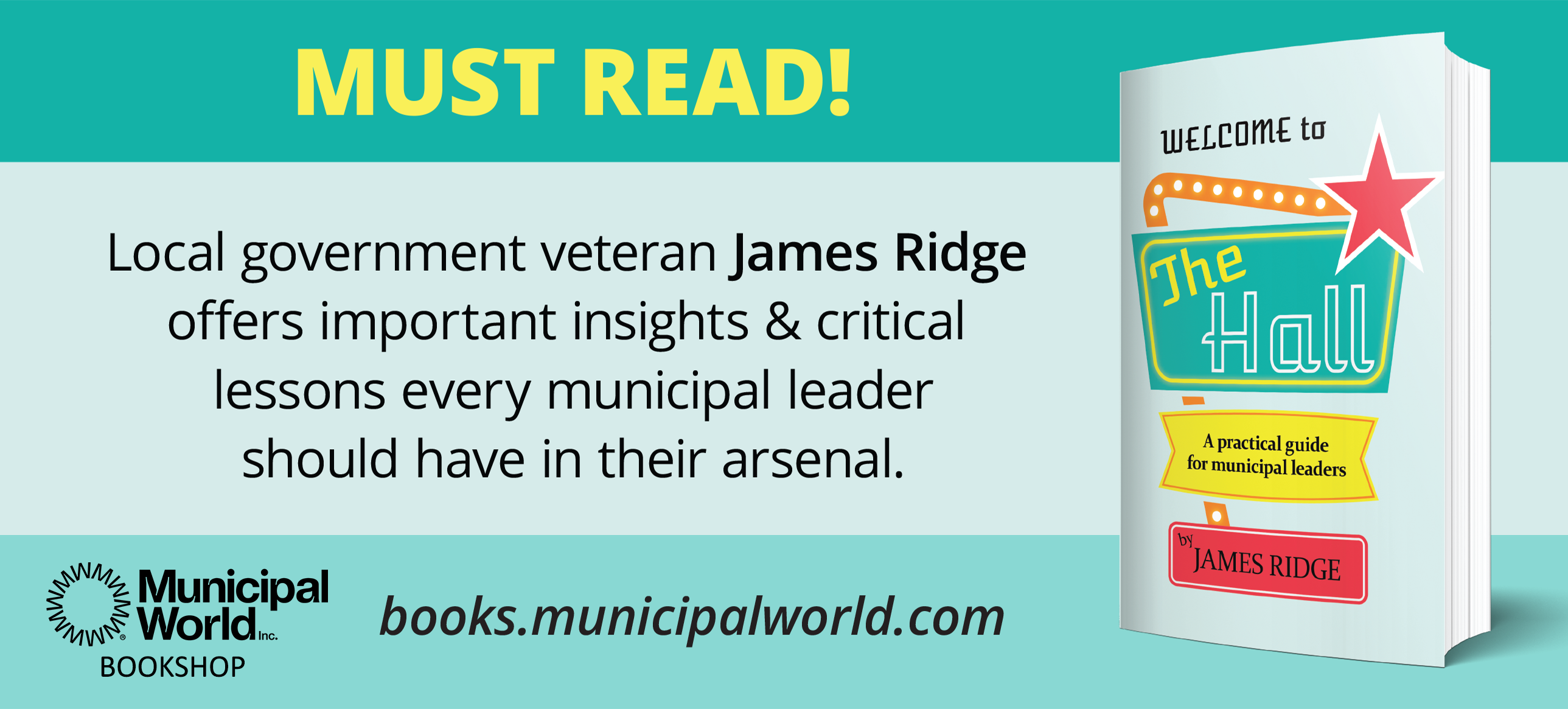Should you do a one-way video interview?
 You applied for a job, and you just got an invitation to do a one-way interview. If this leaves you scratching your head, you're not alone. Photo: Adobe Stock
You applied for a job, and you just got an invitation to do a one-way interview. If this leaves you scratching your head, you're not alone. Photo: Adobe Stock
You applied for a job, and you just got an invitation to do a one-way interview. If this leaves you scratching your head, you’re not alone.
One-way video interviews are a relatively new phenomenon in the employment scene. However, with the growing popularity of remote work and the increasing use of video-conferencing platforms in the workplace, there’s a good chance that you’ll be invited to do a one-way interview at some point in your job search. Yet, before you dive into a one-way interview, you might want to consider whether it’s right for you. Read on to learn more.
What is a One-Way Video Interview?
One-way interviews are used as screening tools by many different employers, especially those with many job candidates to sort through.
In a one-way interview, the candidate for a job records a video of themselves answering a set of pre-determined questions selected by the employer. The questions are given to the job seeker in either text or video form. After recording a video of themselves answering the questions, the job seeker sends the video to the employer for evaluation.
Pros and Cons
For employers, the biggest advantage of a one-way video interview is that it allows them to screen candidates more efficiently. Instead of scheduling an interview in real time with every job seeker, the employer can choose to follow up with the candidates whose videos are most compelling.
For job seekers, one-way video interviews can also have advantages over two-way interviews. The first advantage is convenience. A job seeker can record their video interview at a time that works best for them rather than trying to work around an employer’s availability.
Another big plus is that one-way interview videos can be re-recorded. So, instead of having just one shot to impress a potential employer, a job seeker can polish their interview responses as many times as they want before submitting their video to the employer.
However, there are also some significant downsides to one-way interviews, both for employers and job seekers. Employers who rely on one-way video interviews to screen potential job candidates can miss out on qualified candidates who don’t do well on camera or aren’t able to record a video.
For job seekers, one-way interviews can be difficult on a technical level. Unreliable Internet connections or challenging ambient conditions, such as a noisy or unappealing background, are just a few roadblocks to creating and submitting a good video. Plus, people who feel self-conscious on camera might struggle to present a “natural” and confident appearance on a one-way video.
Perhaps most importantly, one-way interviews remove the interpersonal element from a job interview. The employer might only see a “packaged” version of the job candidate on a highly edited one-way interview video, while job seekers miss out on a chance to “interview” the employer to see if the position would be a good fit.
Good Idea or Not
While there are pros and cons to one-way video interviews, there is no fixed rule about whether it’s a good idea to do one.
You might decide that it’s worth it to get your foot in the door at a company that you want to work for. Or you might conclude that you’d rather work for a company that takes a more personal approach to interviewing, with in-person or two-way video interviews.
The good news is that if you do decide to do a one-way video interview, there are many resources available online to help you create the best possible interview video.



